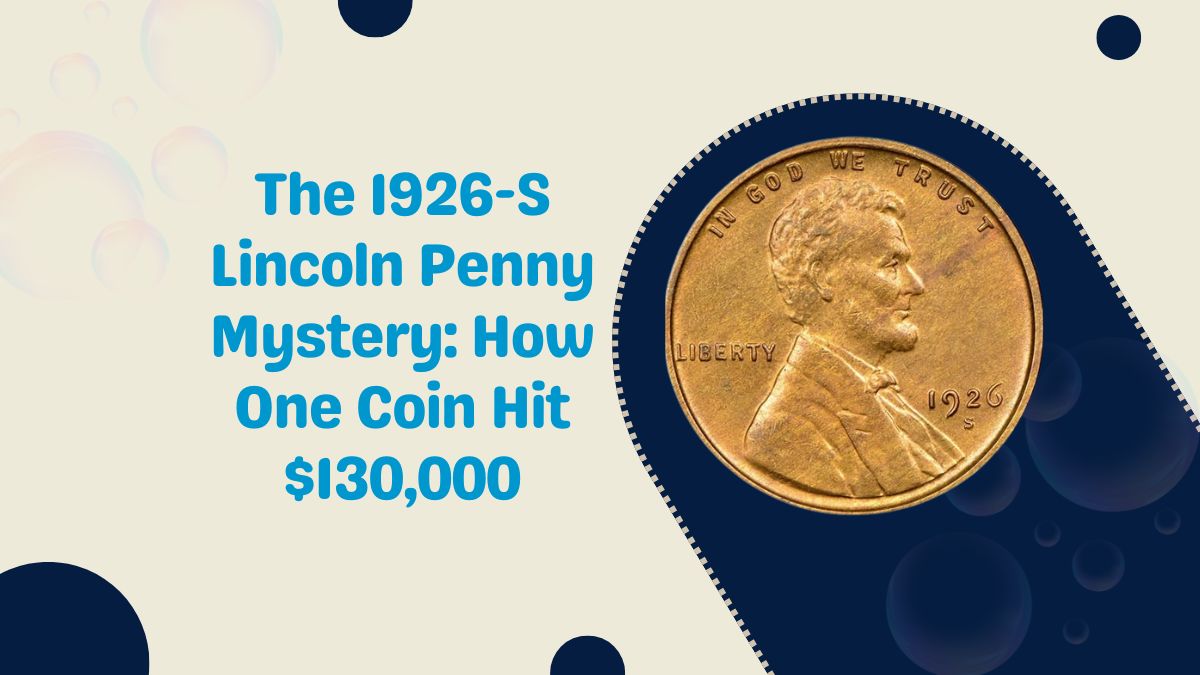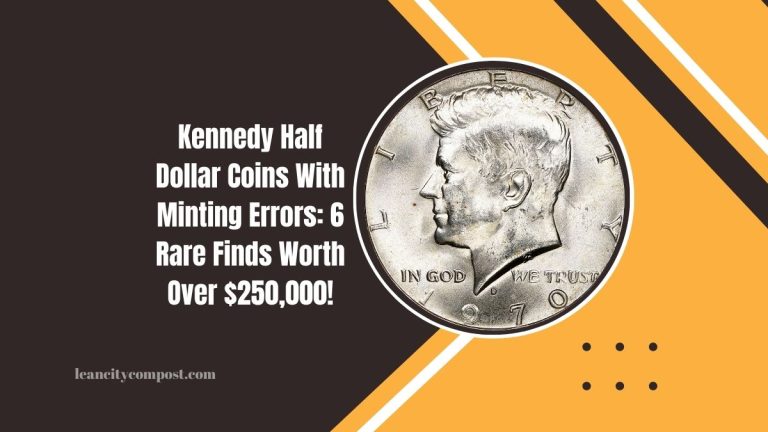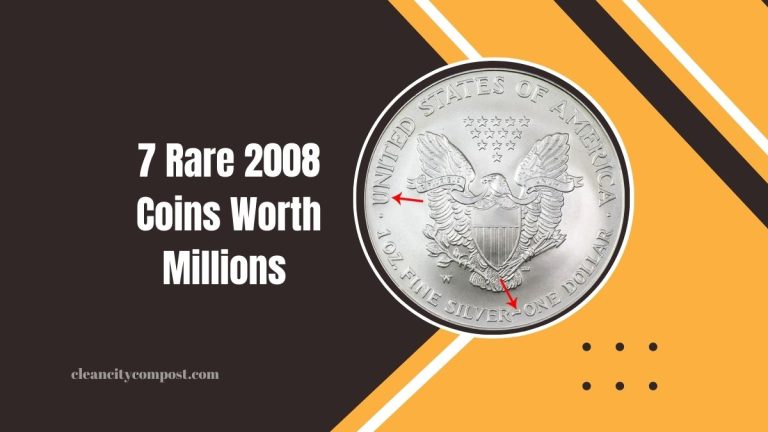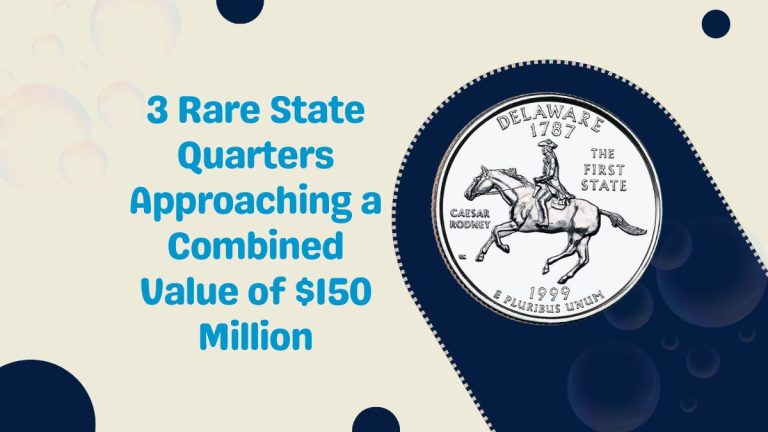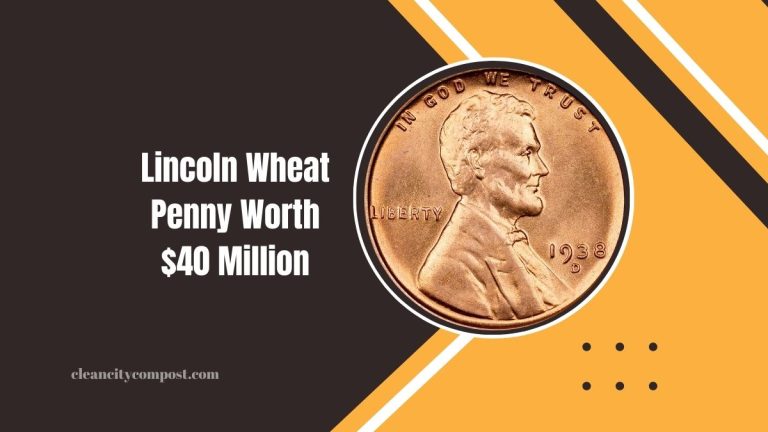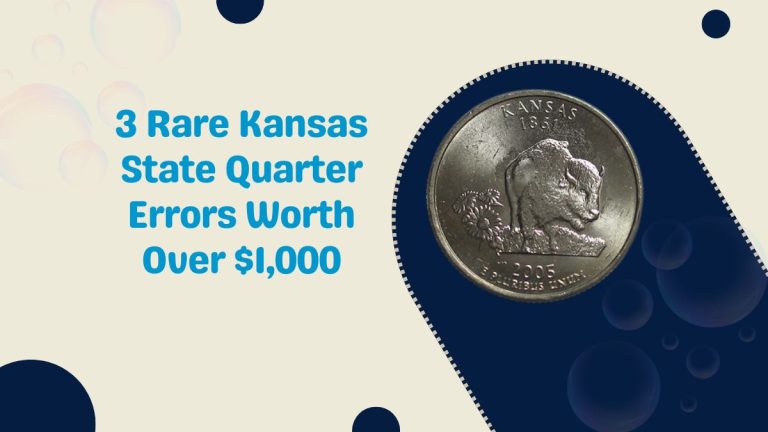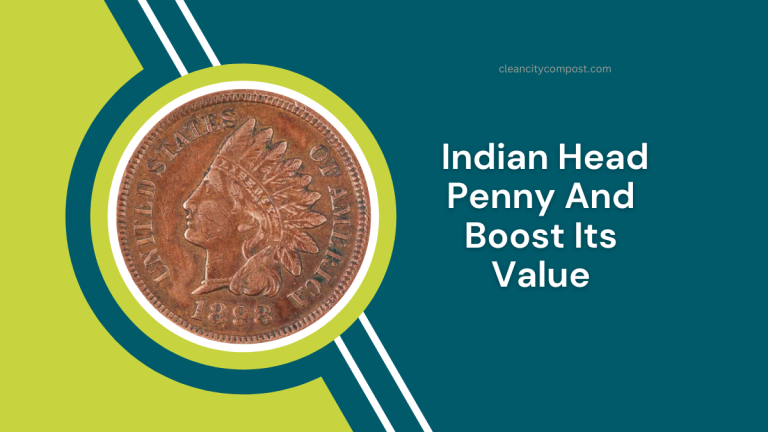The 1926-S Lincoln Penny Mystery: How One Coin Hit $130,000
The 1926-S Lincoln Wheat Penny stands as a remarkable example of how certain coins can achieve extraordinary value in the numismatic world.
With its unique history, limited mintage, and exceptional condition, this particular penny has captivated collectors and investors alike.
A Brief History of the 1926-S Lincoln Penny
The Lincoln Wheat Penny series, introduced in 1909 to commemorate Abraham Lincoln’s 100th birthday, was minted until 1958.
The 1926-S penny, produced at the San Francisco Mint, had a relatively low mintage of 4,550,000 coins. While this number isn’t the lowest in the series, it contributes to the coin’s desirability among collectors.
Factors Contributing to Its High Value
- Low Mintage and Survival Rates: Despite an initial mintage of over 4.5 million, it’s estimated that only about 10% of these coins have survived to the present day. This scarcity significantly boosts the coin’s value.
- Condition Rarity: The 1926-S penny is particularly rare in high grades. Coins in uncirculated condition with a “Red” (RD) designation are especially scarce. The Professional Coin Grading Service (PCGS) has graded very few examples in MS65RD, making them highly sought after.
- Record-Breaking Auction: In 2006, a 1926-S Lincoln Wheat Penny graded MS65RD by PCGS sold for an astonishing $149,500 at a Heritage Auctions event. This sale set a record for a non-error, regular-strike Lincoln cent, highlighting the coin’s exceptional value.
Understanding Coin Grading and Designations
Coin grading plays a crucial role in determining a coin’s value. Grades range from Good (G-4) to Mint State (MS-70), with higher grades indicating better preservation. The color designation—Brown (BN), Red-Brown (RB), or Red (RD)—also affects value, with RD coins being the most desirable due to their original copper luster.
Value Breakdown by Condition
The value of a 1926-S Lincoln Penny varies significantly based on its condition and color designation. Here’s a general overview:
| Grade | Brown (BN) | Red-Brown (RB) | Red (RD) |
|---|---|---|---|
| Good (G-4) | $7 – $15 | N/A | N/A |
| Very Fine (VF-20) | $13 – $26 | N/A | N/A |
| About Uncirculated (AU-50) | $60 – $156 | N/A | N/A |
| Mint State (MS-60) | $200 – $230 | N/A | N/A |
| MS-63 | $425 – $488 | $800 – $960 | $2,250 – $3,000 |
| MS-65 | $2,500 – $3,000 | $8,500 – $10,500 | $100,000 – $115,000 |
Note: Values are approximate and can vary based on market conditions.
Collecting Tips for the 1926-S Lincoln Penny
- Authentication: Due to the coin’s high value, counterfeits exist. It’s essential to have the coin authenticated by reputable grading services like PCGS or NGC.
- Preservation: Proper storage is crucial. Keep the coin in a climate-controlled environment and handle it minimally to preserve its condition.
- Market Research: Stay informed about current market trends. Auction results and coin value guides can provide insights into the coin’s current worth.
The 1926-S Lincoln Wheat Penny exemplifies how a combination of low mintage, condition rarity, and historical significance can lead to extraordinary value in the numismatic market. For collectors and investors, this coin represents both a tangible piece of history and a potentially lucrative asset.
FAQs
Why is the 1926-S Lincoln Penny so valuable?
Its value stems from a combination of low mintage, high-grade rarity, and significant auction records.
What does the “S” mint mark signify?
The “S” indicates that the coin was minted at the San Francisco Mint.
How can I determine the grade of my 1926-S penny?
It’s best to consult a professional grading service like PCGS or NGC for accurate assessment.

